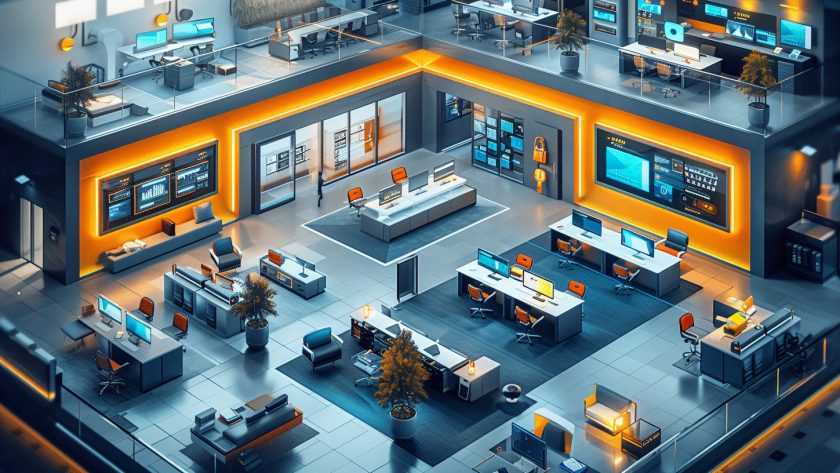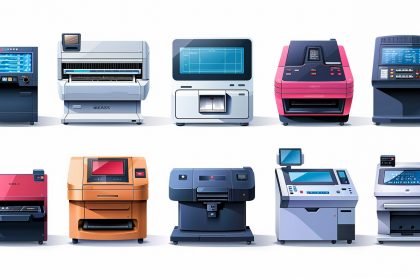Modern workplaces require dynamic solutions for space utilization due to remote and hybrid work models, complicating desk arrangements, and meeting room bookings. Optimizing office space now relies on workspace utilization analytics to gather data on employee usage, providing insights for effective office layouts and hybrid work strategies. This analysis aids in selecting tools like hot desking software, a hoteling app, and booking systems. We’ll delve into how workspace utilization analytics can create efficient office environments.
What are Workspace Utilization Analytics?
Workspace utilization analytics is all about gathering and making sense of data on how physical spaces in offices or facilities are used. These insights help organizations make the most of their resources and make smart decisions about space planning and management. The data comes in various forms and can be measured in different ways. Sometimes, space utilization analytics use real-time monitoring with sensors, IoT devices, or other tech to get up-to-the-minute data on how spaces are being used.
Key Space Utilization Metrics
Here are some key datasets that space utilization analytics can track, depending on what your organization’s goals are and what technologies you’re using:
- Occupancy Data: Get a handle on how many people are present in the office or specific areas at any time. This helps you keep an eye on occupancy patterns and trends over different periods.
- Desk and Workstation Utilization: Keep tabs on how individual desks, workstations, and shared or hot-desking spaces are being used.
- Meeting Room Usage: Get detailed info on scheduled meetings, room reservations, and how full the rooms get during use.

Office - Common Area Utilization: Look at data on the use of common areas and collaborative spaces for breaks, meals, informal gatherings, and brainstorming sessions.
- Technology Integration: Use data from sensors in different locations to detect the presence, drawing on sources like WiFi access points, smart card data, and employee badge swipes.
- Workplace Trends: Spot patterns in area usage throughout the day or week, noting peak times.
- Employee Preferences and Feedback: Include survey data from employees about their workspace preferences and amenities, getting both quantitative and qualitative insights on how they view and use the office space.
- Health and Safety Metrics: Keep track of and enforce occupancy limits to meet health and safety guidelines.
- Cost and Resource Allocation: Visualize the expenses tied to maintaining and running office spaces to make the best use of resources like meeting rooms, desks, and amenities.
Measuring Space Utilization
Space utilization is measured using sensors, booking systems, WiFi tracking, utilization software, real-time location systems, and manual observation. These methods provide data on how spaces are used, which helps organizations optimize their facilities. It’s important to consider privacy when tracking individuals. A mix of techniques gives a well-rounded view of space usage.
The Benefits of Space Utilization Metrics
Workspace utilization analytics are key for adapting offices to the future of work. By understanding how space is used, organizations can boost space efficiency, cut costs, improve workplace design, and enhance employee productivity and satisfaction. Metrics help guide decisions on agile workspace management, real-time changes, meeting room optimization, and strategic planning. Using space data improves facilities management and elevates the employee experience, ultimately transforming workplace management.





